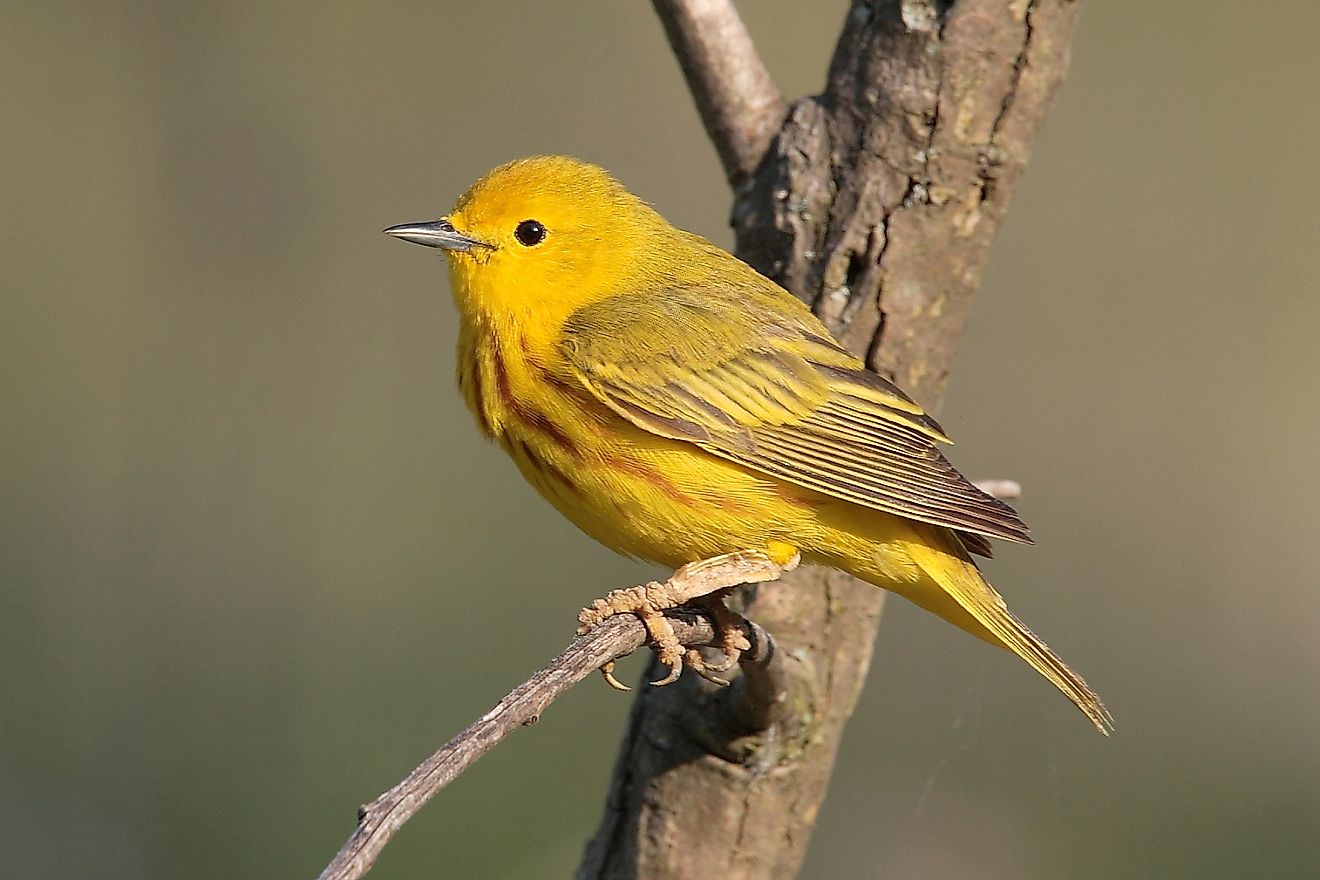What is a Sentinel Species?

What Is A Sentinel Species?
Sentinel species are important components in the environmental health sciences field. They are somewhat similar to indicator species in that they can be utilized to predict health outcomes. Sentinel species, however, are more commonly used as indicators of health threats to humans, rather than of the health threats in a particular ecosystem or habitat. This relationship to human health exists because sentinel species are uniquely susceptible to certain environmental risks and contaminants, often displaying the effects of exposure before the effects may be seen in humans. Observations of sentinel species may provide information about the presence, amount, type, and effect of environmental contaminants. The relationship between humans and sentinel species dates back over many years. During this time, observations of sentinel species have helped humans avoid health risks and in some cases, even death.
Importance Of Sentinel Species In Scientific Research
Today, some researchers rely on sentinel species to study the biological effects of toxic materials and chemicals. These effects can be measured if the sentinel species is in its natural habitat. This setting gives researchers the opportunity to record several factors, including the effects of certain chemical combinations, the effects of graduated exposure levels, and the effects of low-level exposure over extended periods of time. Sentinel species may be used for food monitoring projects, health assessments, and epidemiological studies.
Characteristics Of Sentinel Species
While sentinel species may be plants or animals, they share some specific characteristics. For example, most sentinel species are relatively common and not considered endangered. They are easily handled by humans and have consistent and measurable responses to environmental damages. These responses may include death, illness, or disappearance. Of some benefit to humans (though certainly not to the sentinel species) is that these species may demonstrate side effects of certain environmental hazards long before humans, giving a sort of early warning system. This early reaction may be due to size, frequent exposure, or reproductive rate.
Sentinel Species And Human Health
One of the earliest recorded uses of a sentinel species comes from the early 20th century and the use of canaries in coal mines. John Scott Haldane, a physiologist, was the first person to suggest that miners carry a caged canary down into the mines. His idea was that if any poisonous gasses, like carbon monoxide, were present, the canary would die first and give the workers time to escape the mine. The canaries were used as sentinel species for the majority of the 20th century.
Another example of a sentinel species and its relationship to human health is seen in “dancing cat fever”. This term refers to Minamata disease, which is a neurological condition caused by mercury poisoning. In the town of Minamata, Japan, villagers began to notice that local cats were acting strangely. These cats were unable to walk straight and staggered about the village. After some time, humans began to act similarly. As it turns out, the Chisso Minamata company had been releasing methylmercury into its wastewater. This wastewater fed into the ocean where it bioaccumulated in local fish and shellfish populations. This contaminated seafood was then consumed by the local population, resulting in mercury poisoning, neurological disease, and death.
Sentinel species may be used to measure or understand the effects of infectious diseases, air and water contaminants, toxic gasses, household toxins, and even bioterrorism.











